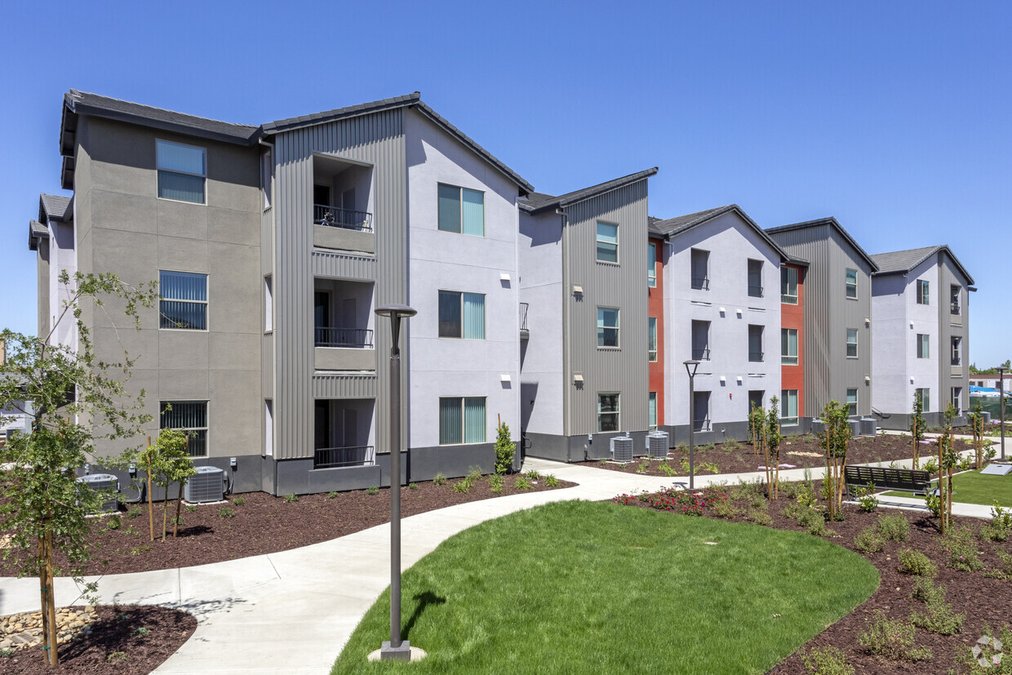The housing experts — consultants hired by the City of Manteca for an update of the state-mandated housing element —indicated a maximum of 4,822 new units will be built over a 9-year period.
But even before the document that was before the Manteca Planning Commission this week is adopted by elected leaders, the projection appears to be a bit off.
The work, which started last year, covers 2023 through 2031.
That translates into an average of 535 homes a year.
The first year addressed in the 9-year outlook ended June 30.
Instead of permits issued to build 535 more homes, there were 978 single family home starts.
That’s 82 percent more than the projected annual fiscal year average through June 30, 2031.
Of the 4,822 units, the bulk or 3,270 will be attainable by households making 120 percent of the area median income.
The Manteca median household income is just north of $90,000 a year
That means half the households have incomes below that mark and half are above.
Manteca’s average household income that reflects all household income divided by the number of households is now estimated at $111,632.
The goal is to encourage the construction of 300 new homes aimed at households earning between 80 and 120 percent of the Manteca median income.
The balance of 1,252 homes built — in order to meet state objectives — must be within reach of low income (50 to 80 percent of median), very low income (30 to 50 percent of median) and extremely low income (below 30 percent of median).
The city, according to consultants, should have policies and strategies in place so that just over 40 percent of the 1,252 lower income homes are likely to be the result of rehabilitating existing housing for 68 units and 434 of lower income assisted units.
The city currently is working on two lower income assisted housing projects with 234 units, or roughly half of the city’s objective by 2031.
One is a five-story, 42-unit senior complex with commercial on the bottom floor envisioned for the northwest corner of Yosemite and Sycamore streets in downtown.
A concern is already working on financing for the project.
The other is proposed for the 8.06 acres the city has obtained at 682 South Main Street.
The eastern portion will be the site of the homes navigation center.
The western portion is envisioned as a mixed use venture integrating commercial on the ground floor in buildings facing South Main Street.
Floors above the structures that could go as high as four stories will be residential.
The plan calls for affordable and permanent supportive housing.
The affordable housing would be in the genre of the Juniper Apartments complex on Atherton Drive next door to Tesoro Apartments that command some of the highest rents in Manteca.
The Juniper complex — with architectural touches that dovetail into the standards used at Tesoro and the nearby Paseo Villas apartments — is subsidized workforce housing.
It is designed for those working who hold jobs paying within a specific income range for the greater Manteca area. Based on household size and income, tenants pay a percentage of the rent.
Permanent supportive housing is a strategy that weds affordable housing assistance with volunteer support services for chronically homeless people.
The services used help develop living and tenancy skills with community-based health care and employment services.
Those units tied to the permanent supportive housing endeavor will have tenants working but likely in the lower end of the income spectrum, at least initially.
Some 15,000 square feet of build-to-suit space on the bottom floor will be available for conventional office and commercial uses.
But it also will be designed to provide live-work studios where residents reside in the same space they work.
The affordable and supportive housing components will include a combined 72 studio apartments, 72 one-bedroom apartments, and 48 two-bedroom apartments.
The residential portion will bring roughly 250 new residents within several blocks of walking distance of downtown.
To contact Dennis Wyatt, email dwyatt@mantecabulletin.com








